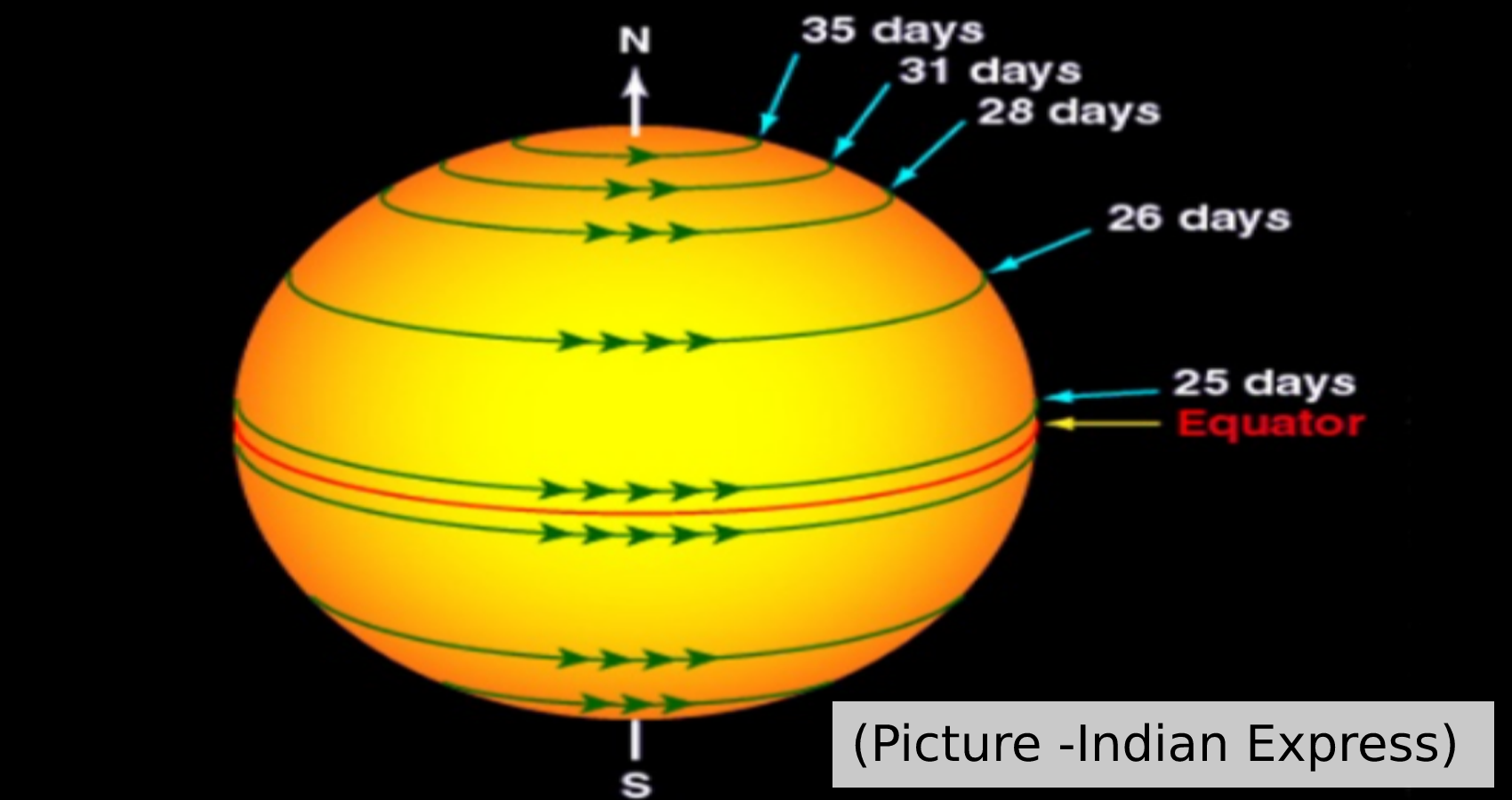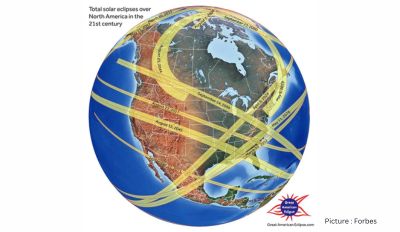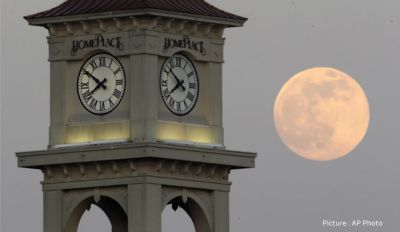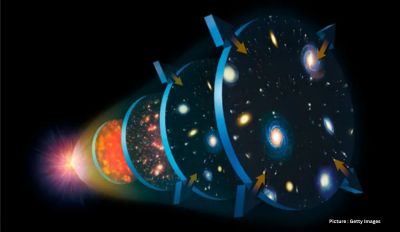A team of international solar researchers, led by Bibhuti Kumar Jha, a PhD scholar from Aryabhatta Research Institute of Observational Sciences (ARIES) in Nainital, has designed a rotation profile of the Sun after studying the varying behaviours of sunspots observed over 100 years. Sunspots are small and dark but cooler areas on the solar surface having strong magnetic forces.
The solar rotation profile is based on the fact that the bigger sunspots rotate at a slower rate in comparison to the smaller ones. “The presence of strong magnetic fields around bigger sunspots prevents them from having a faster rotation rate. This, as opposed to smaller sunspots which possess a comparatively less intense magnetic field allowing it to rotate faster,” Jha said.
Researchers at ARIES, in collaboration with their counterparts at Max Planck Institute for Solar System Research, Germany and Southwest Research Institute, US, studied several thousand digitised images of sunspot images retrieved from older photographs and films. The images were generated by the Kodaikanal Solar Observatory (KoSO) between 1923 and 2011.
Run by the Indian Institute of Astrophysics, Bengaluru, KoSO has a repository of about 4 lakh images of the Sun recorded since 1904. All of them have been digitised in the recent years.
Unlike Earth — a solid mass of body having uniform rotation, the Sun has differential rates of rotation. This means, the solar equator rotates faster than its poles. The scientists have attempted to precisely track sunspots at various latitudes of the Sun in order to understand the rotational behaviours at different latitudes.
Besides, sunspots and solar cycles have helped scientists understand the Sun’s behaviour from the past. These continue to remain observable characters to predict the Sun’s future. However, what makes the tracking of sunspots challenging is the time and the position on the Sun’s surface. Generally, they start appearing at higher latitudes and later shift towards the equator as the solar cycle (which spans 11 years) progresses.
“We do not see sun spots across all latitudes at all times. As sunspots do not appear beyond 45 degrees latitude, sunspots are not formed around the poles,” Dipankar Banerjee, director, ARIES, and a collaborator in the study, told The Indian Express.
Due to limited camera resolution at the time of image capturing during telescope observations, results from several past studies were based only on larger sun spots. But the KoSO image data-set featured sun spot images captured in all sizes. “Even using the dynamo models, the rate of differential rotation still remains unestablished,” Banerjee added.
Contrary to what is believed, no variation in rotation rates was noted between solar activity extremes, that is, between a solar maxima and minima, the researchers confirmed.
If one can understand solar dynamo, it can give a better insight into the solar cycle which in turn, will help predict how the Sun will behave in future, Jha said.









